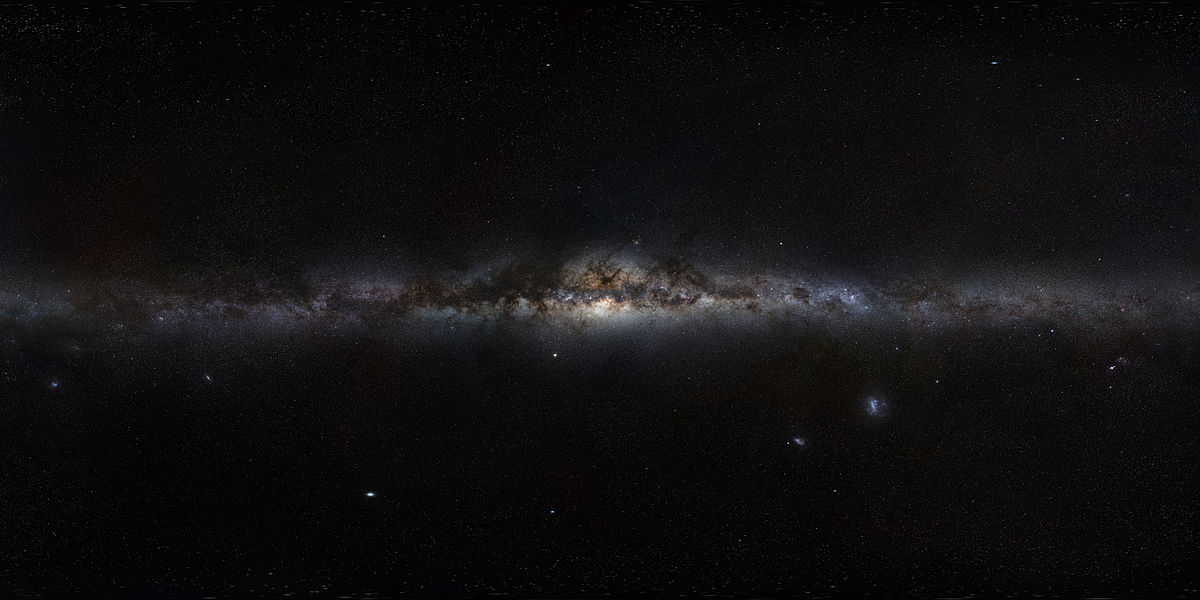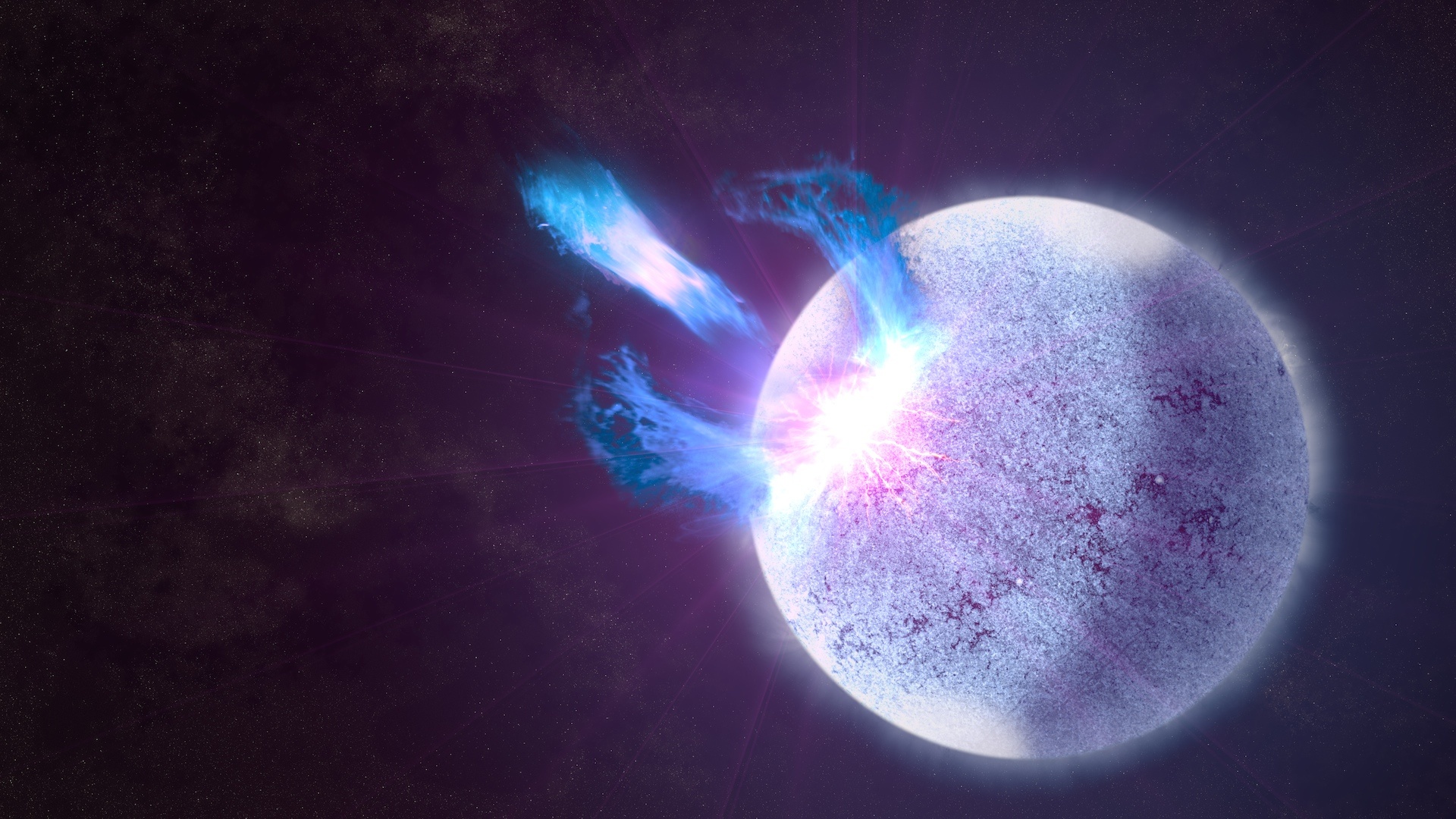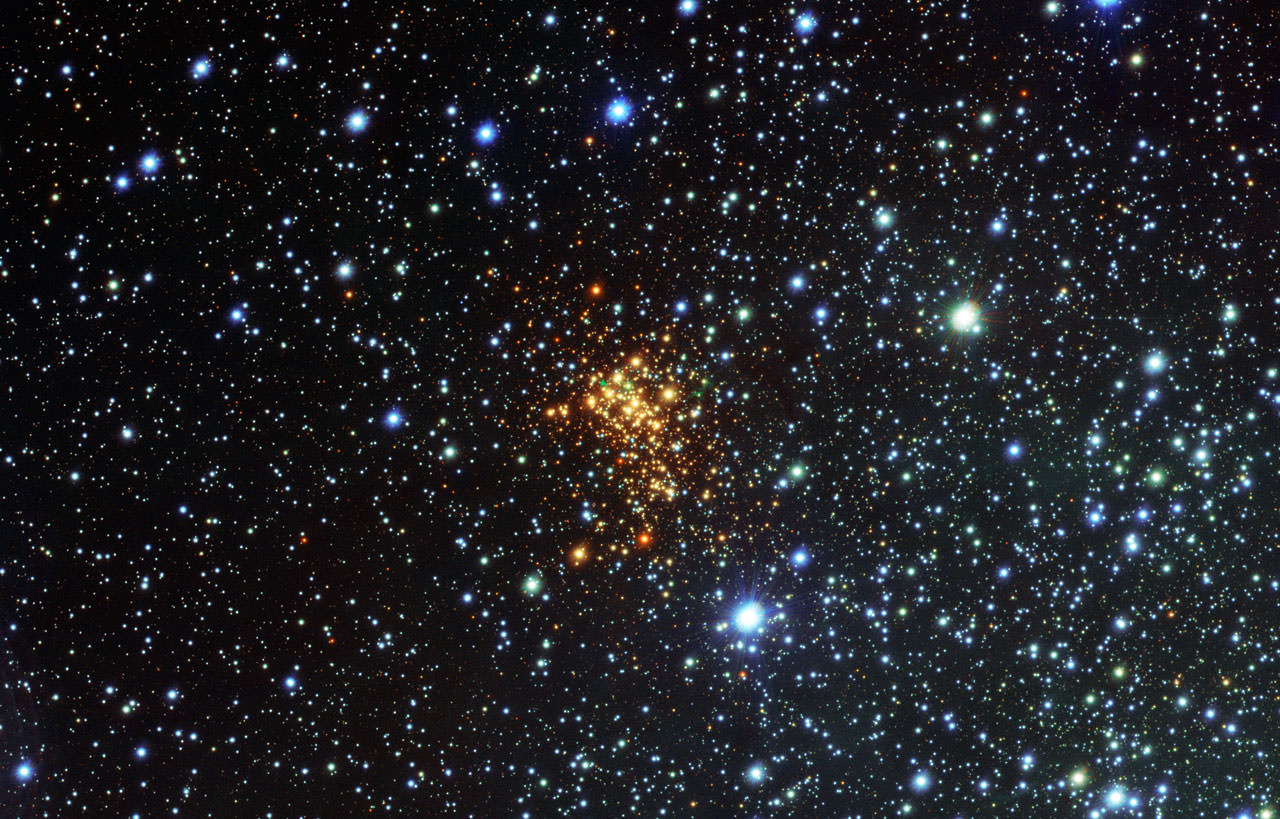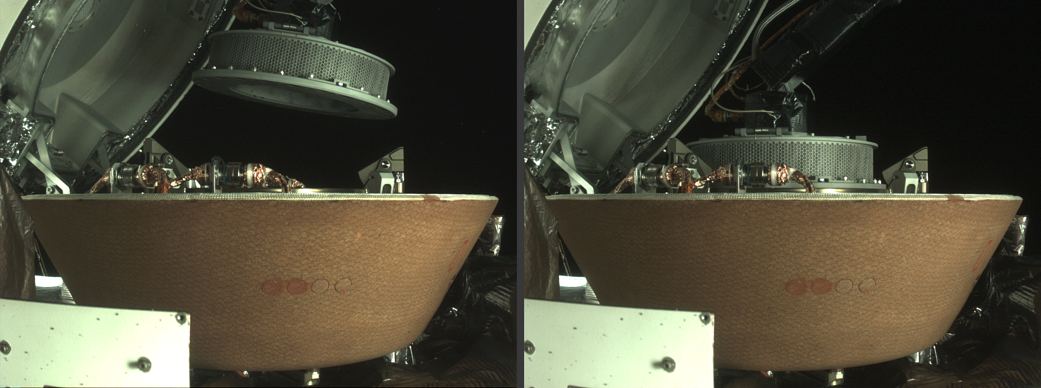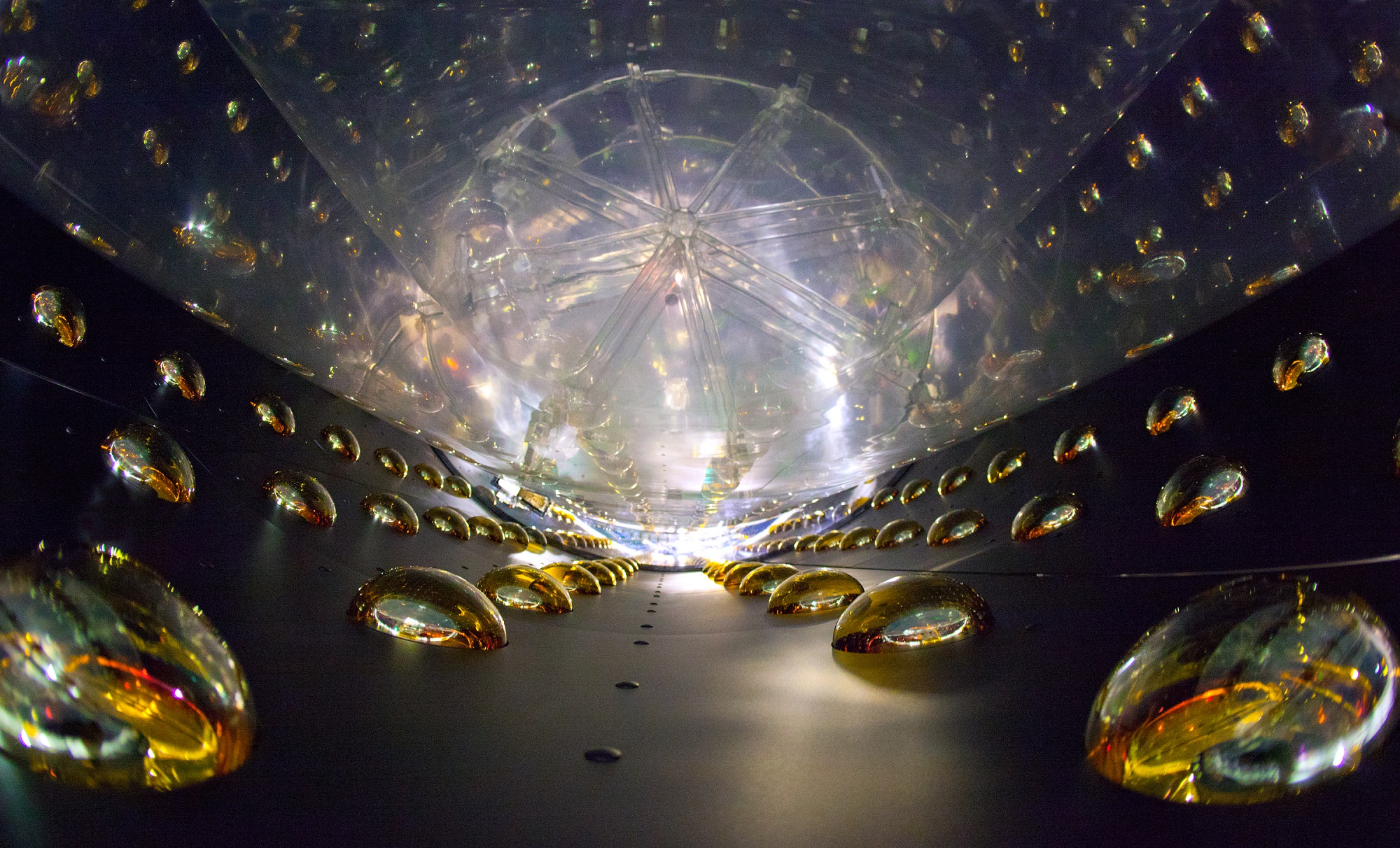The galaxy NGC 1052-DF4 surprised scientists by having almost no dark matter to complement its stellar population. Recently a team of astronomers has provided an explanation: a nearby galaxy has stripped NGC 1052-DF4 of its dark matter, and is currently in the process of destroying the rest of it too.
Continue reading “Astronomers find a galaxy that had its dark matter siphoned away”Astronomers find a galaxy that had its dark matter siphoned away




